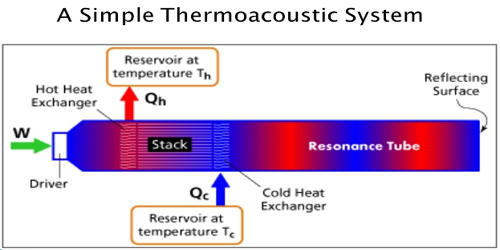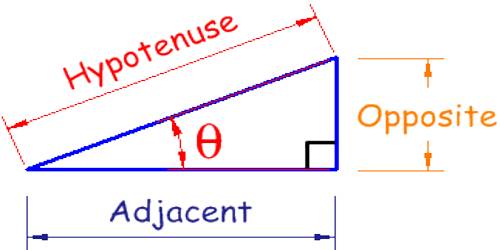Electromagnetism is a discipline of physics that studies electromagnetic force, one of the four fundamental forces in nature. In physics, it refers to the interaction of particles with electric charge via electromagnetic fields. It refers to the interaction of electrically charged particles with their associated electric and magnetic fields. The electromagnetic force is one of nature’s four fundamental forces. It is the dominating force in atom-molecule interactions.
Electromagnetism can be conceived of as a hybrid of electrostatics and magnetism, two different but closely related phenomena. Magnetic forces exist between any two charged particles. Electric forces attract particles with opposite charges and repel particles with the same charge, whereas magnetism is the interaction between charged particles in relative motion.
These two forces are defined in terms of electromagnetic fields. Macroscopic charged objects are represented using Coulomb’s law for electricity and Ampère’s force law for magnetism, whereas microscopic charged particles are described using the Lorentz force.
Key concepts within electromagnetism include:
- Electric Charge: Fundamental property of matter that gives rise to electric force. Charges can be positive or negative.
- Electric Field: Region surrounding electrically charged particles where a force is exerted on other charged particles. Electric fields are described by Coulomb’s law.
- Magnetic Field: Region surrounding a magnet or a moving electric charge within which the force of magnetism acts. Magnetic fields are described by Gauss’s law for magnetism.
- Electromagnetic Induction: Phenomenon of generating an electromotive force (EMF) across a conductor in a changing magnetic field. This forms the basis of generators, transformers, and inductors.
- Maxwell’s Equations: A set of four fundamental equations that describe how electric and magnetic fields interact and propagate. They were formulated by James Clerk Maxwell and are foundational to classical electromagnetism.
- Electromagnetic Waves: Disturbances in the electromagnetic field that propagate through space. Examples include radio waves, microwaves, infrared, visible light, ultraviolet, X-rays, and gamma rays. Electromagnetic waves are described by Maxwell’s equations.
- Electrostatics and Magnetostatics: These deal with electric and magnetic fields in the absence of motion or time-dependent changes, respectively.
Applications
Electromagnetism has numerous applications, including telecommunications, power generation and transmission, electric motors, magnetic resonance imaging (MRI), and much more. It serves as the foundation for modern technology and is critical to understanding matter’s behavior at both the macroscopic and microscopic sizes.
















